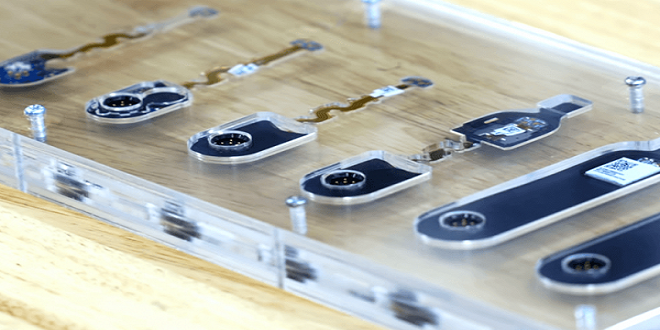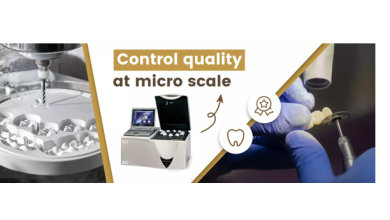FUTURE SILICONE OVERMOLDING PROCEDURES and ITS APPLICATIONS

How does Silicone get over-molded?
Silicone overmolding can be described as a layering process. To assemble the oversold, the substrate material is essential. It is crucial to have strong chemical or mechanical binding. However, it can be difficult to connect silicone to nonsilicone materials. For very complex material combinations, the substrate might need to be treated using flame, corona, or plasma. To prevent part ejection from a mould, you can use mechanical undercuts or protrusions to bond the substrate.
Tools to Overmold
Designers need to consider more than the cost of tooling. When sizing gates, it is important to consider the ratio between the flow length and the wall thickness. To reduce the flow length, gates are placed in sections that are thickest. Molds require vents that are deep enough to prevent flash, as air entrapment could prevent bonding. . It is necessary to make a sharp switch between the substrate and the overmold. The silicone mold must not allow feathering or thinning, which could lead to delamination.
Design factor for silicone overmolding
The part’s texture is an important design element. Silicone overmolding can improve the feel of the part and reduce surface imperfections. Parts with a texture feel more soft than their durometer. Textured surfaces are more likely to release parts than those with smooth surfaces. Injection-molded parts can be made in a variety of textures. Designers can also include logos or pictures to help promote a brand or identify a product.
Methods of silicone overmolding
There are two options for silicone overmolding: insert molding and multi-shot mold. In double-shot molding, the substrate and the overmold are two of the first material shots. A press with multiple barrels can fire two different resins into one injection molding tool. Double-shot molding can be used to produce larger volumes, but it is easier and more cost-effective than using more expensive molds. The entire operation requires only one machine.
The advantages of silicone overmolding
Silicone overmolding offers many benefits. For example, silicone is a low-cost material that can be used to make unique composite products. It can also be used in combination with silicone tubing and metal as well as thermoplastics, liquid silicone rubber components, and silicone tubing. It is suitable for medium-sized production runs and eliminates the need for secondary assemblies. You can design it to suit your specific application.
Silicone Rubber Benefits & Applications
Silicon rubber is a vital sealing material in many industries, including electronics, medical, aerospace, automotive and electronics. Silicone rubber has many outstanding and desirable properties that are sought after for many applications. Silicone is resistant to many substances. This includes acids, bases and chemicals. This rubber is safe and non-toxic, making it an excellent sealing material for medical equipment as well as consumer goods.





